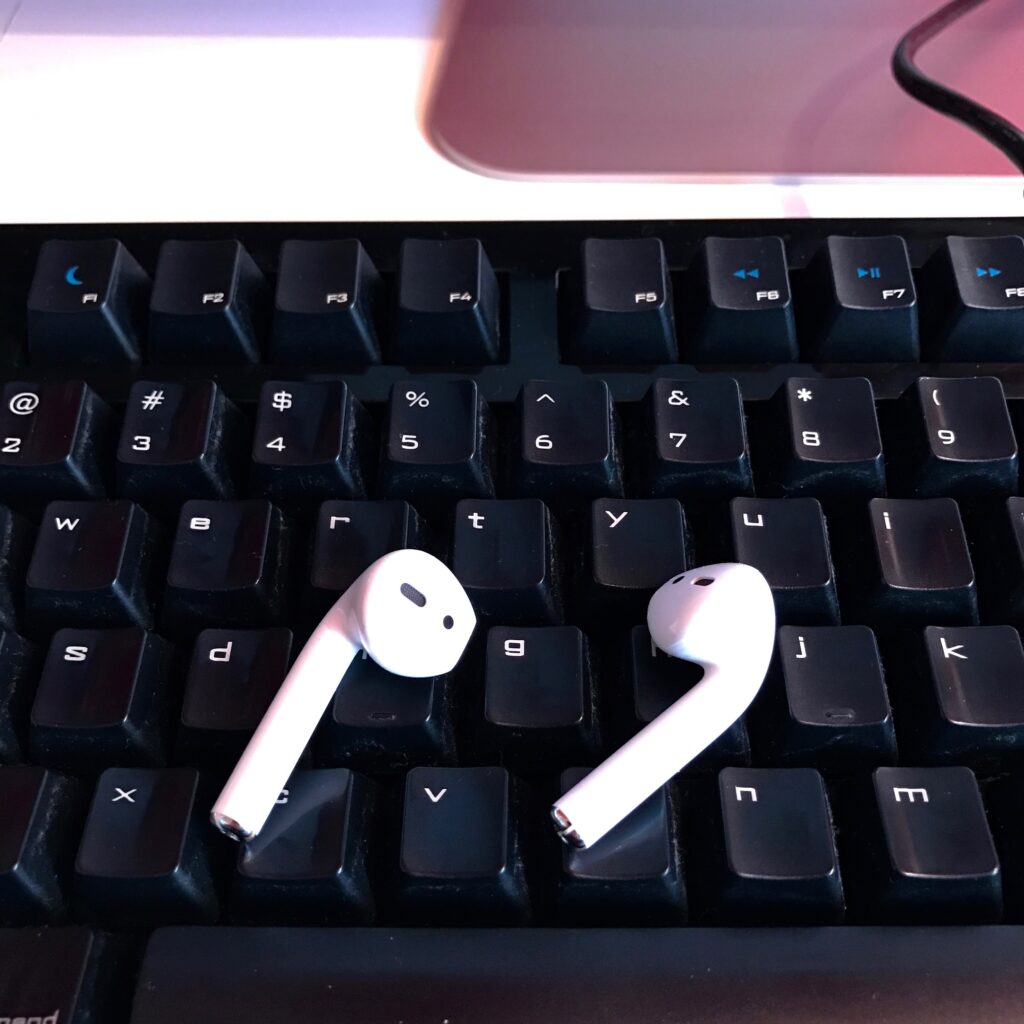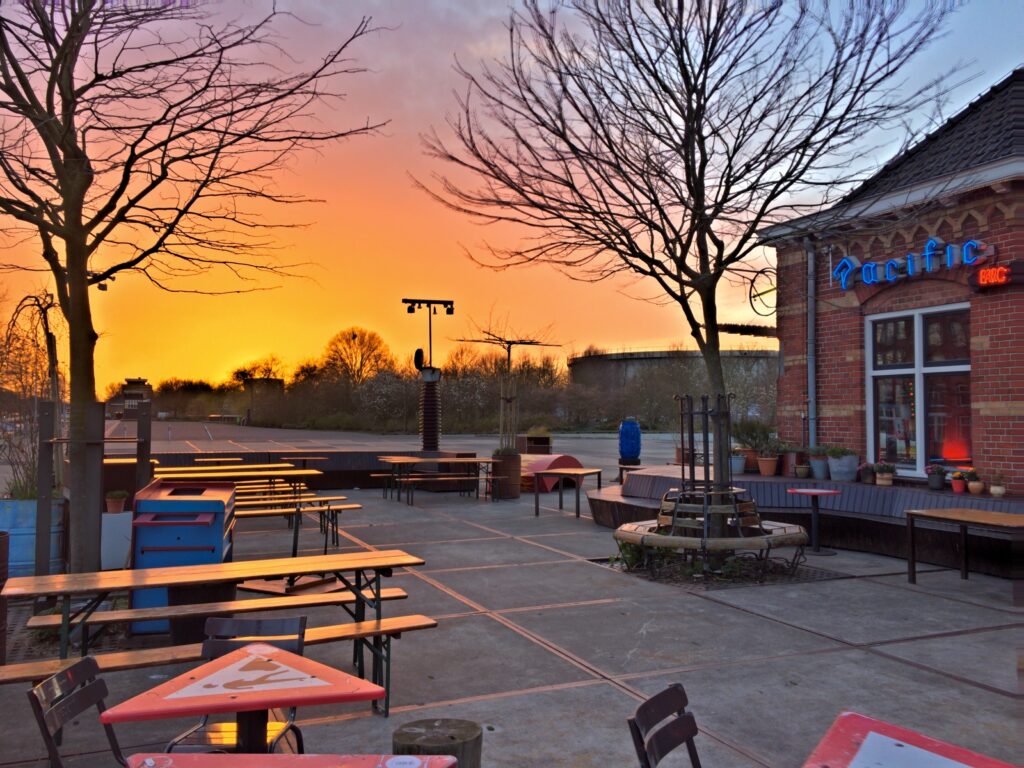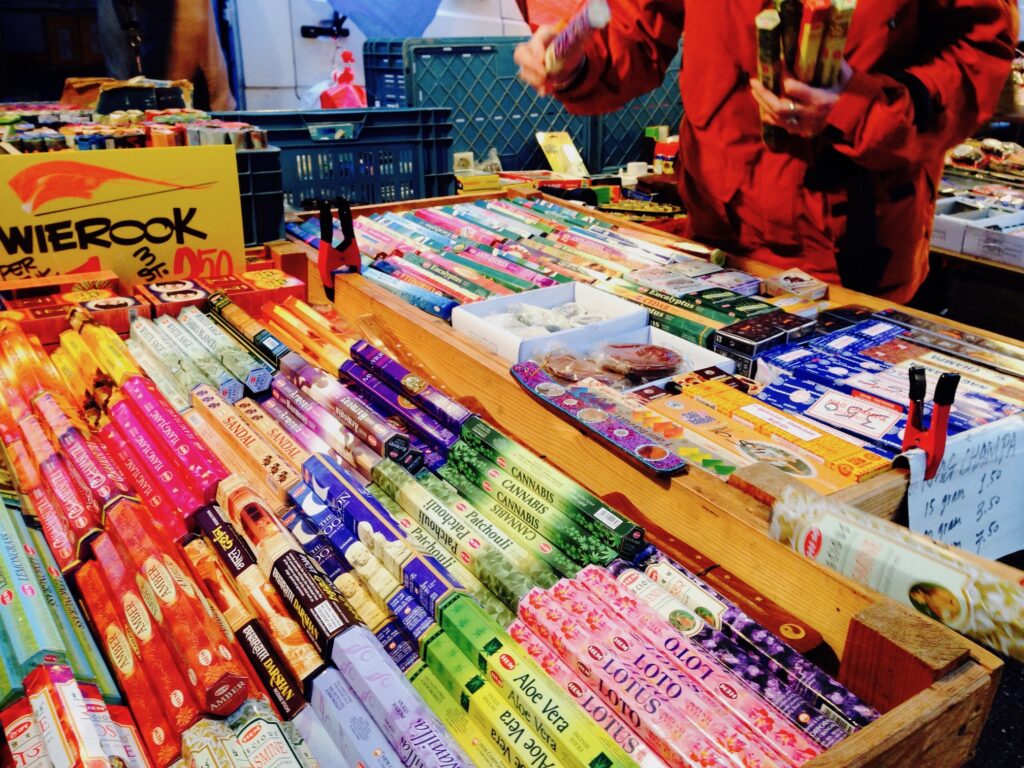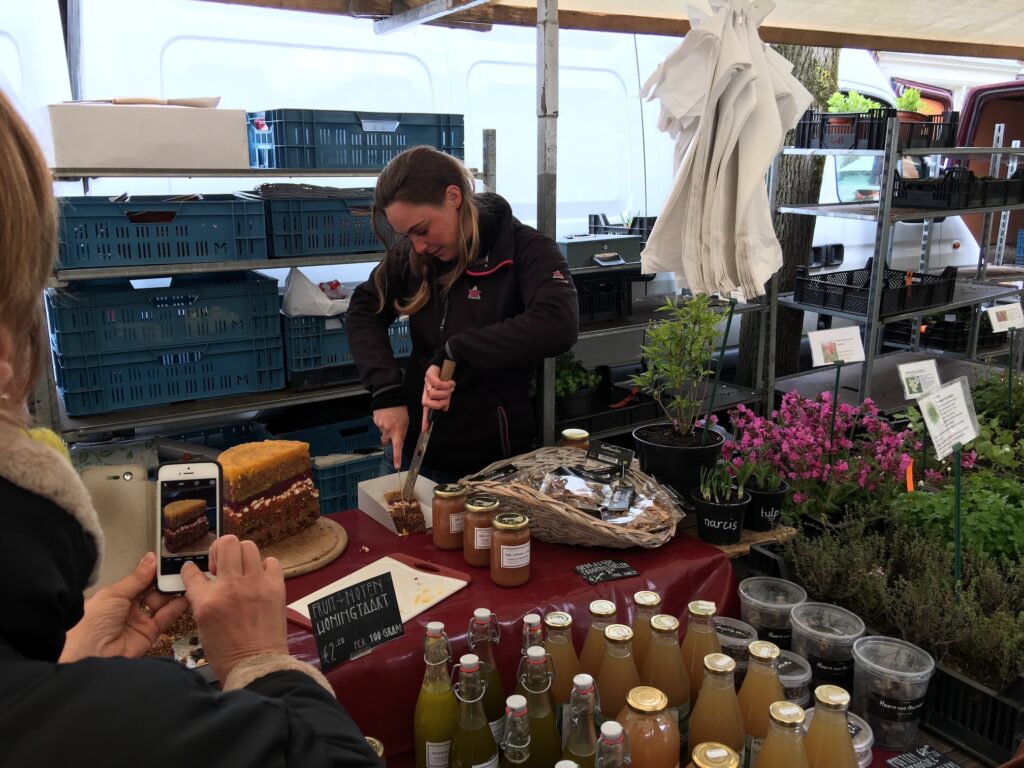2016 was quite an interesting year. While a lot of things happened over the course of the last 12 months, I will like to point out to only a few of these and specifically how I changed as a person.
The year started on a low note – instead of partying it up at some expensive hotel lounge or a bar, we decided to watch the fireworks from our study window. It turned out to be such a wonderful idea that we repeated it this NYE as well. There is something to be said about not having to spend €50-€60 on a bottle of Moët or not having to endure all the crowds. Besides, the view from our building is wonderful and the acoustics make it a wonderful experience.
We had a lot of family time this year. The highlight was the number of trips we made as a family with my parents. It began with a casual and spontaneous visit to Dubai, which was finalized over our daily FaceTime call on Christmas day. Then, after the birth of my niece in April, we flew to her home in Dallas over our summer holidays. After spending a couple weeks there, my parents flew with us to Amsterdam for a few weeks. Then, we made our annual Diwali trip to India about a month later. Then, my sister and her family visited us at Christmas. Fun times.
We also had other travels – the year started with a weekend visit to Berlin in the very first week. We went to Paris with my parents. We also drove to the Rhine river valley region, which seems to be becoming a yearly thing for us; it is just that beautiful and close to Amsterdam! We also spent my birthday in Paris, which was quite amazing as we did not use public transport at all during the entire trip and relied on walking everywhere.
That brings me to the second highlight of this year – health. I feel like I have become a completely different person compared to who I was even 2 years ago. Whereas once I was known in the family for being lazy and very ‘cool’ about everything, this year saw me transform into an energetic and rigorous personality. I can no longer sit around for more than a few minutes and can definitely not bear the pain of having to spend my weekend completely indoors. Daily morning and evening walks have become part of my daily routine, something for which I have to give the Apple Watch a lot of credit. Just this past month, I maintained my year-long streak of achieving my daily activity goals. This is amazing.
2016 also saw us go all in on exploring The Netherlands by cycles. We made a couple dozen weekend cycling trips all around the country. What started as a series of round trips from home to a nearby village called Monnickendam led us to waking up early every weekend and planning a cycling route that usually took the entire afternoon. While I joined a bike sharing plan, V resorted to buying her own bike that we took on the train. There were also unplanned adventures like flat tires in the middle of the forest that made the escapades all the more fun! There was a lot of scenery to be enjoyed along with good food, one of my favorite being this amazing ice cream shop right in the middle of nowhere.
Speaking of health, I also drastically cut down on alcohol.
I took a lot of pictures this year; about 4000. All those amazing cycling trips definitely helped. One of these days I’ll make them public, although you could still see a lot of them on Facebook.
Another big change was reading. Starting out as new habit in 2015, I currently subscribe to a few magazines and a daily business newspaper. The magazines I regularly read are The New Yorker, The Economist, and the Time magazine. Financial Times provides a good balance between general and business news from a global perspective, while not being too expensive. My daily morning routine now includes reading the daily front to back.
While I resolved to make long-form writing a persistent feature of my routine, I was unable to carry through with it. It is something that I need to ponder over a bit more as one of the motivations is to build a record and paper is not particularly a good way to attain that. On the other hand, there is a lot of credible research that ascribes mental health improvements to regularly writing your thoughts on paper.
This year, I aspired to spend a lot more time on calming down and enjoying everything the world has to offer by observing it, by zooming in and watching my world feel time’s impact. A quote from one of this year’s box office failures comes to mind –
“You’ve been given a gift, this profound connection to everything. Just look for it, and I promise you it’s there, the collateral beauty.”
V&I spent a lot of time together, from traveling to working at the same desk every day. A lot of time was spent on brainstorming new ideas, new goals in life, health, as well as the general goings on in the world. In 2016, we had crazy ideas like starting a company together to teaming up for product-market fit research work. While nothing has come out of this, yet, I think this is how good ideas and teams form.
We saw a lot of movies this year. Everything from Hollywood to Bollywood, English and Dutch, documentary to reality. There was a lot less live theater this year, something that I intend to improve in the new year.
2016 also saw V pass her Dutch integration (inburgering) exams. She is now ready to become a Dutch citizen if she chooses to go that route. What’s exceptional about this story is that she did it without taking any kind of professional classes or help, which is rare. I don’t know of anyone else who has managed to achieve this.
I made a lot of progress in simplifying my world, in getting a better understanding of how things work and how to keep myself motivated and on the path to achieving my goals. This was a year of relatively few ups and downs, and the stability helped in figuring out the changes needed to build better habits and get rid of some bad ones (carbs!).
There were a few losses and there were a few gains. The world and time plays out.
If I were to use 5 keywords for 2016, they would be:
family, travel, cycling, growth, health
The emoji for 2016 would be:
😎
My grade for 2016 is a solid A-.
 On a whim, 4 weeks ago, I logged onto the Apple Store app and decided to check the AirPods availability for in-store pickup. As I write this, they’re in extremely limited supplies with online ordered backordered by about 6 weeks and general store availability more than a month into the future. If you’re feeling lucky, you could check the app a few times a day to grab one as limited supplies come in sporadically.
On a whim, 4 weeks ago, I logged onto the Apple Store app and decided to check the AirPods availability for in-store pickup. As I write this, they’re in extremely limited supplies with online ordered backordered by about 6 weeks and general store availability more than a month into the future. If you’re feeling lucky, you could check the app a few times a day to grab one as limited supplies come in sporadically. One of the best things about living in the Netherlands, and in the center of Amsterdam, in particular, is access to weekly street markets. In a city that is so saturated with grocery stores of all types (organic, raw, vegan, carnivore) and sizes, I find it impressive that the weekly street market remains one of the best places to procure good quality produce and handicrafts.
One of the best things about living in the Netherlands, and in the center of Amsterdam, in particular, is access to weekly street markets. In a city that is so saturated with grocery stores of all types (organic, raw, vegan, carnivore) and sizes, I find it impressive that the weekly street market remains one of the best places to procure good quality produce and handicrafts. The weekly markets afford a unique shopping and product experience that is hard to obtain while shopping online or at your favorite Main Street chain. We have come to make a lot of friends as we enjoy the wonderful waffles and sandwiches every weekend at the market downstairs.
The weekly markets afford a unique shopping and product experience that is hard to obtain while shopping online or at your favorite Main Street chain. We have come to make a lot of friends as we enjoy the wonderful waffles and sandwiches every weekend at the market downstairs. The neighborhood Westerpark also has a series of arts and fashion markets throughout the year, more so during the warmer summer months. During the colder times of the year, they usually have one market a month. While these markets are not so much product focussed, you often see a lot of entrepreneurs in niche areas selling things from wooden eyewear frames to custom keychains. As the Dutch would say – the markets are really gezellig.
The neighborhood Westerpark also has a series of arts and fashion markets throughout the year, more so during the warmer summer months. During the colder times of the year, they usually have one market a month. While these markets are not so much product focussed, you often see a lot of entrepreneurs in niche areas selling things from wooden eyewear frames to custom keychains. As the Dutch would say – the markets are really gezellig.